A round-up of the week’s reviews and interviews
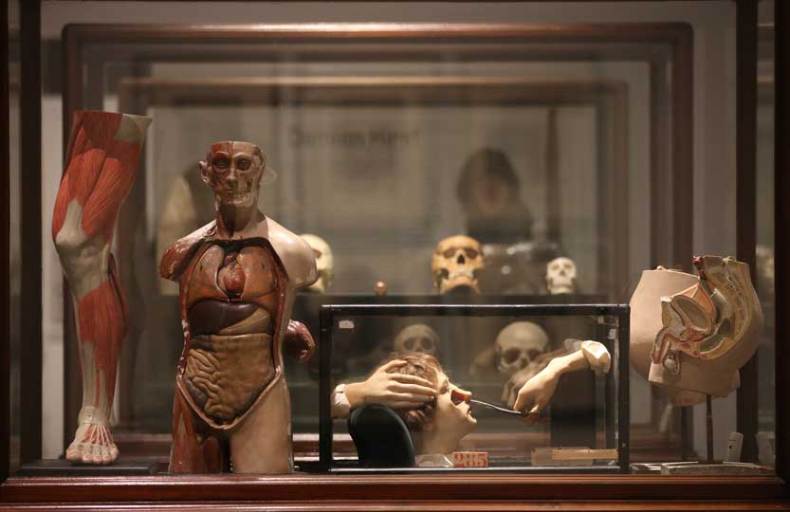
Damien Hirst’s collection at ‘Magnificent Obsessions: The Artist as Collector’ (Barbican Art Gallery 12 Feb–25 May 2015) © Peter MacDiarmid / Getty Images Courtesy Murderme Collection
‘Magnificent Obsessions’, magnificent show (Katy Barrett)
There must be tens of thousands of objects in the Barbican Centre at the moment. The art gallery is staging an extraordinary show – the aptly named ‘Magnificent Obsessions’ – that looks at artists as collectors…There seems a particular appeal in kitsch to the artists assembled here.
‘John Golding: Finding the Absolute’ at Piano Nobile (Maggie Gray)
For all that I admire its art-historical importance and visual daring, post-war abstract art, particularly the hard-edged kind, often leaves me slightly cold. So I wasn’t sure what I would make of John Golding’s paintings at Kings Place. The art historian, teacher and artist argued persuasively in print for the significance and meaningfulness of abstraction, most famously in his book Paths to the Absolute (2000). It turns out he is just as eloquent in paint.

Study for Muybridge Plate #97: Woman Walking (1966), Sturtevant © Estate Sturtevant, Paris. Photo: Alex Jamison
Now you see her, now you don’t: Sturtevant at MoMA (Catherine Spencer)
Sturtevant always firmly refuted the status of the ‘copy’ when critics tried to apply it to her works. Instead, her pieces are more usefully approached as studies. The status of the study is both belated and anticipatory, a staging post on the way to further developments. A study of another artwork might be motivated by admiration, affinity, and not a little competition.
First Look: ‘Van Gogh to Rothko’ at Crystal Bridges Museum (Manuela Well-Off-Man)
I am fascinated by the innovative ways these artists used colour to express themselves. The bright and fresh colours in Van Gogh’s The Old Mill, applied in his signature paint-loaded, expressive brushstrokes are spectacular; one can really feel how much he enjoyed the sunny climate of southern France. I was surprised about how warm and rich the black is in Clyfford Still’s 1957-D No.1 – the black almost seems to glow from within.
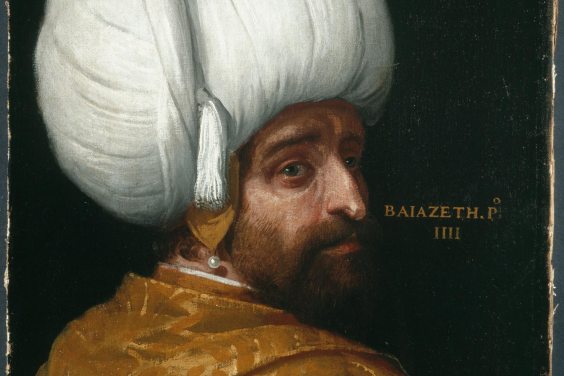
Sultan Bajezid I, (detail), Paolo Veronese (and workshop) © Collection Bayerische Staatsgemäldesammlungen, München
First Look: ‘The Sultan’s World’ at BOZAR (Guido Messling)
A colleague of mine pointed to me to the portrait of emperor Matthias (by Hans von Aachen) in which he wears a precious Ottoman silk kaftan. This kaftan was in all likelihood stolen by Swedish troops from Prague in the Thirty Years War and taken to Sweden where parts of it have survived, but reworked into an altar-cloth – I think this is quite a fascinating story.
First Look: ‘Salt and Silver’ at Tate Britain (Carol Jacobi)
‘Salt and Silver’ is the first exhibition in Britain devoted to salted paper prints and the first to display a substantial collection together. The focus at Tate is on their unique aesthetic and experimentalism. The method had its own specific aesthetic, a soft, textural, chiaroscuro effect, which was lost when it was replaced by other photographic processes.
Unlimited access from just $16 every 3 months
Subscribe to get unlimited and exclusive access to the top art stories, interviews and exhibition reviews.

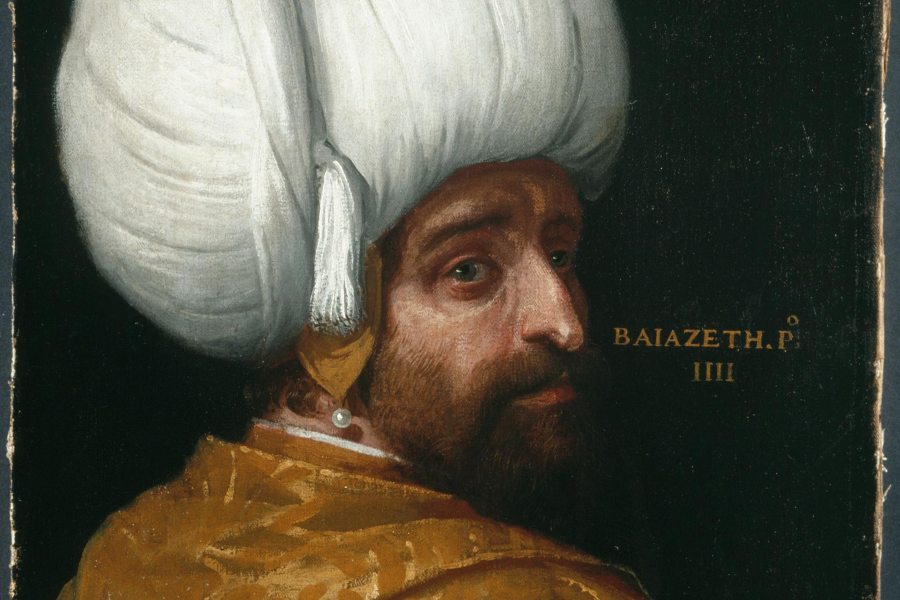
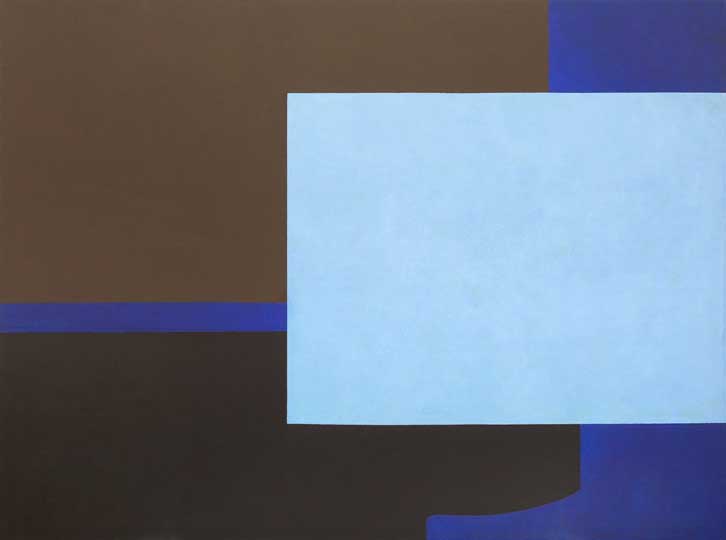


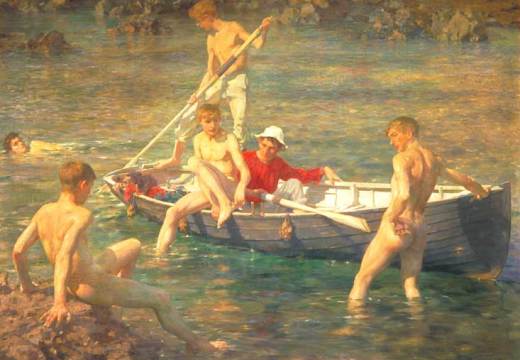











![Masterpiece [Re]discovery 2022. Photo: Ben Fisher Photography, courtesy of Masterpiece London](http://www.apollo-magazine.com/wp-content/uploads/2022/07/MPL2022_4263.jpg)
The threat to Sudan’s cultural heritage